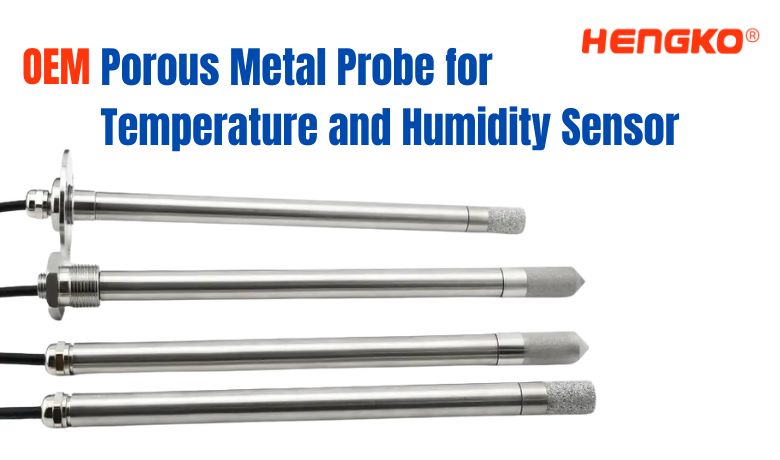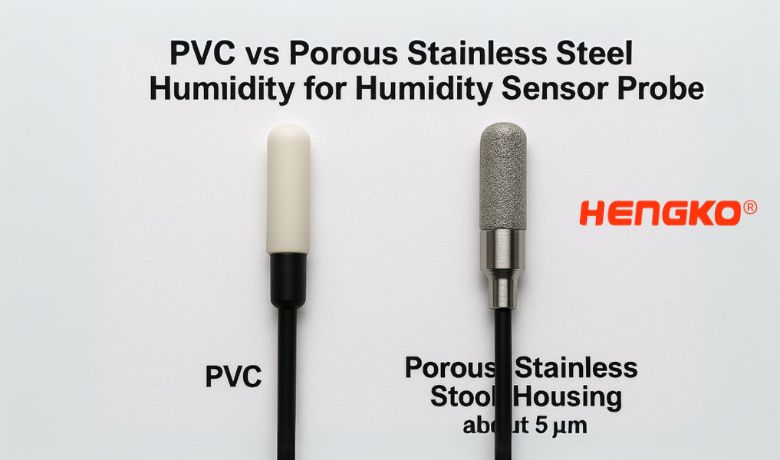-
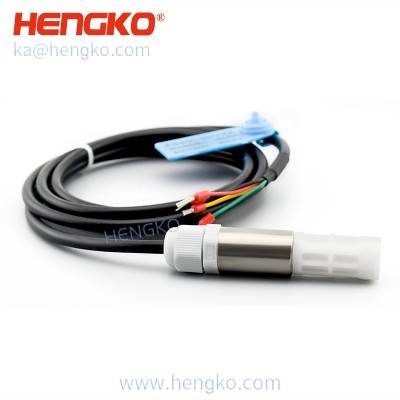
Protective digital dustproof waterproof I2C temperature and relative humidity sensor pr...
HENGKO waterproof humidity sensor probe provides 2-stage water impermeability. The inner PCB has perfusion and encapsulation protection and the humidity prob...
View Detail -
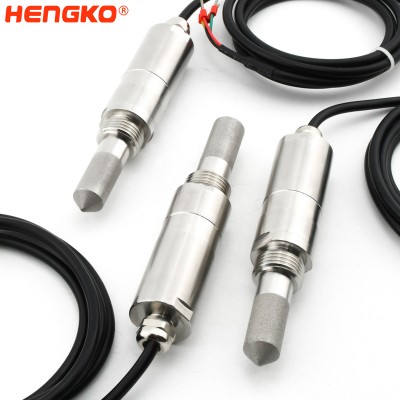
Fast Response Digital Dew Point Temperature and Relative Humidity Probe Sensor and Tran...
HENGKO HT-608 dew point transmitter is suitable for refrigerated air dryer/adsorption dryer of dew point monitoring, reducing insensitivity temperature zone,...
View Detail -
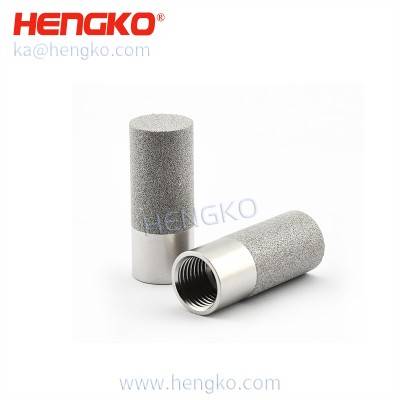
Waterproof HK96MBN thread M10*0.75 humidity and temperature sensor detector probe hous...
HENGKO soil temperature and humidity sensor adopt high precision RHT series sensor equipped with a sintered metal filter shell for large air permeability, fa...
View Detail -
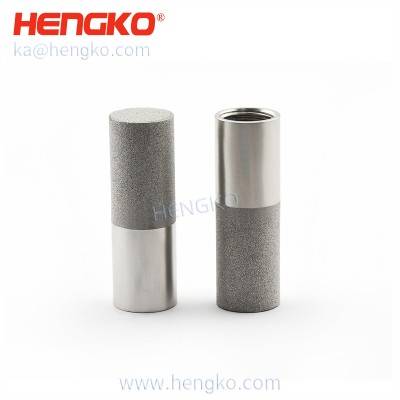
Wireless HK96MCNL thread M10*1.0 relative humidity probe housing for medical refrigerator
HENGKO wireless temperature and humidity sensor adopt high precision RHT series sensor equipped with a sintered metal filter shell for large air permeability...
View Detail -
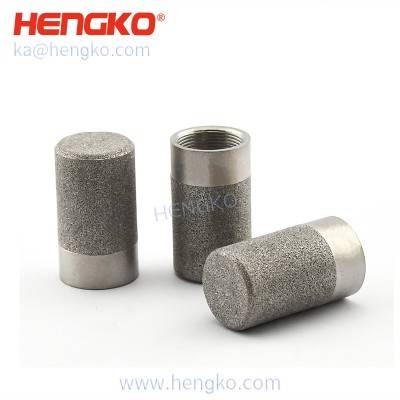
Stainless steel 316L HK86MAN thread M10*0.5 anti-corrosion temperature and humidity sen...
HENGKO stainless steel 316L digital output temperature and humidity sensor adopts high precision RHT series sensor equipped with a sintered metal filter shel...
View Detail -
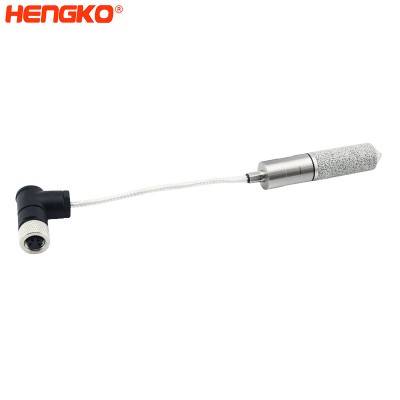
Waterproof digital temperature and humidity probe for environmental measurement
HENGKO wifi digital temperature and humidity module adopt high precision RHT series sensor equipped with a sintered metal filter shell for large air permeabi...
View Detail -
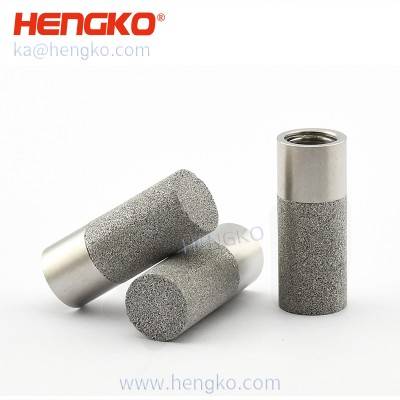
HK64MDNL thread M8*1.25 sintered metalstainless steel waterproof temperature and relati...
HENGKO stainless steel sensor covers are made by sintering 316L powder material at high temperatures. The pore size, speed of the flow, and other performance...
View Detail -
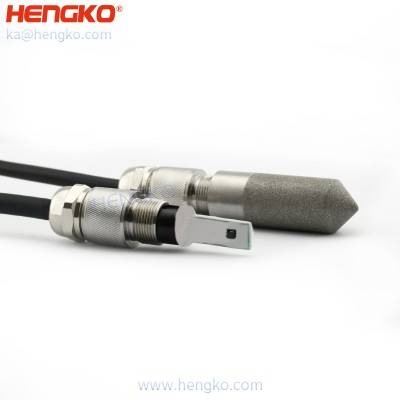
Digital 4-20ma outdoor egg incubator temperature humidity controller sintered metal RH...
HENGKO temperature and humidity sensors can be applied in various fields: telepoint base stations, electronic control cabinets, production sites, storehouses...
View Detail -
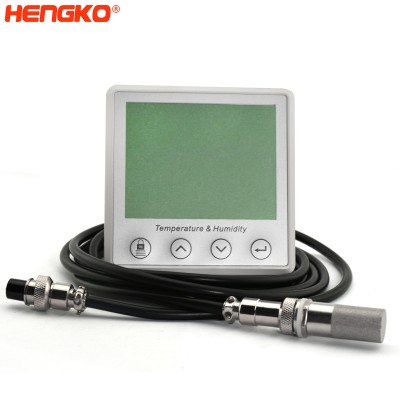
IP67 RS485 RHT35 temperature and humidity transmitter with waterproof humidity sensor p...
HENGKO humidity transmitter is optimized for reliable measurement in demanding industrial applications. Various models are available including wall and remot...
View Detail -
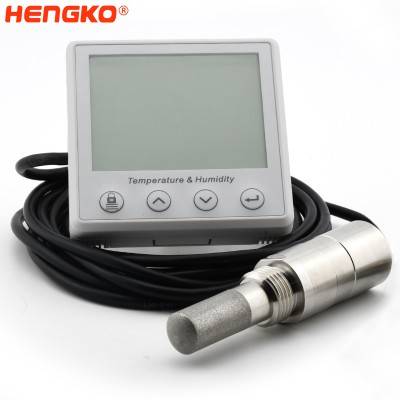
HENGKO’s Smart Dew Point, Humidity and temperature transmitter with stand-alone h...
HT802C is an RS-485 humidity and temperature sensor. The device not only measures temperature, and humidity but also can display dew point parameters. It ha...
View Detail -
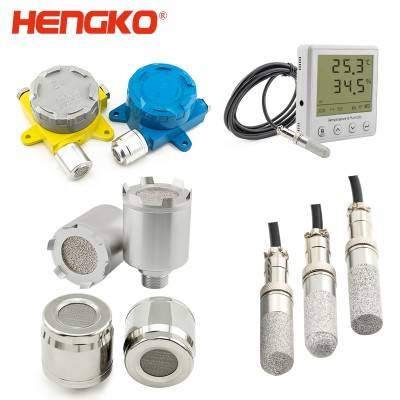
Porous sensor housing, IP 65 66 67 waterproof flameproof temperature and humidity elect...
HENGKO stainless steel weatherproof sensor housing and flameproof are made by sintering 316L powder material in high temperatures. They have been widely us...
View Detail
PV vs Porous Metal Housing for Humidity Sensor Probe ?
When choosing between PV (Polyvinyl) and porous metal housing for a humidity sensor probe,
it’s essential to consider factors like durability, environmental compatibility, response time, and
application requirements. Here's a breakdown of each option:
1. Durability and Protection
*Porous Metal Housing:
Offers high durability and is resistant to harsh environmental conditions such as high temperatures,
physical impact, and corrosive elements. Its sturdy structure ensures longer sensor life,
especially in industrial or outdoor applications.
*PV Housing:
Typically less durable than metal, it may degrade over time under extreme conditions, especially in environments
with high UV exposure or chemical exposure. PV housings are best suited for controlled environments with
minimal exposure to physical stress or corrosive elements.
2. Response Time
*Porous Metal:
Provides faster response times due to its ability to allow rapid air exchange.
The porous structure allows humidity to reach the sensor quickly, which is beneficial
for applications requiring real-time monitoring.
*PV Housing:
Airflow can be slower through PV material compared to porous metal, potentially resulting in a slower response time.
This may not be ideal for applications requiring immediate or frequent adjustments based on humidity changes.
3. Environmental Compatibility
*Porous Metal:
Highly resistant to extreme temperatures, humidity levels, and corrosive gases.
Ideal for challenging environments such as industrial facilities, outdoor installations,
and locations with high dust or chemical exposure.
*PV Housing:
More suitable for clean, controlled environments, such as indoor settings or non-industrial applications.
It may be prone to degradation under extreme environmental conditions.
4. Application and Maintenance
*Porous Metal:
Requires minimal maintenance due to its durability and resistance to clogging.
Often used in industrial, laboratory, and outdoor applications where durability and reliability are critical.
*PV Housing:
Easier to manufacture and may be more cost-effective for low-stress applications.
However, maintenance may be required if exposed to dust or other contaminants that could impede airflow.
Conclusion
*For high-stress, industrial, or outdoor applications, porous metal housing is often the better choice due to its durability,
faster response time, and environmental resilience.
*For controlled environments where cost and lighter usage are priorities, PV housing may be more economical and practical.
When to Replace Your Porous Metal Probe ?
Conditions Indicating a Porous Metal Probe Needs Replacement
Porous metal probes, often used in various applications like filtration, catalysis, and sensors,
can degrade over time due to several factors.
Here are some common conditions that may signal the need for replacement:
1. Physical Damage:
*Visible damage:
Cracks, fractures, or significant deformation can compromise the probe's structural integrity and performance.
*Wear and tear:
Continuous use can lead to erosion of the porous metal surface, reducing its efficiency.
2. Clogging and Fouling:
*Particle buildup: Accumulation of particles within the pores can restrict fluid flow and reduce the probe's effectiveness.
*Chemical fouling: Reactions with specific chemicals can lead to the formation of deposits or corrosion, affecting the probe's performance and lifespan.
3. Loss of Porosity:
*Sintering: High-temperature exposure can cause the metal particles to fuse together, reducing the porosity and increasing the resistance to fluid flow.
*Mechanical compaction: External pressure or impact can compress the porous structure, diminishing its functionality.
4. Corrosion:
Chemical attack: Exposure to corrosive environments can lead to the degradation of the metal, affecting its mechanical properties and porosity.
5. Performance Degradation:
Decreased flow rate: A noticeable reduction in fluid flow through the probe can indicate a loss of porosity or blockage.
Reduced filtration efficiency: A decline in the ability to remove particles or contaminants from a fluid stream may signal a compromised probe.
Sensor malfunction: In sensor applications, a decrease in sensitivity or accuracy can be attributed to the degradation of the porous metal element.
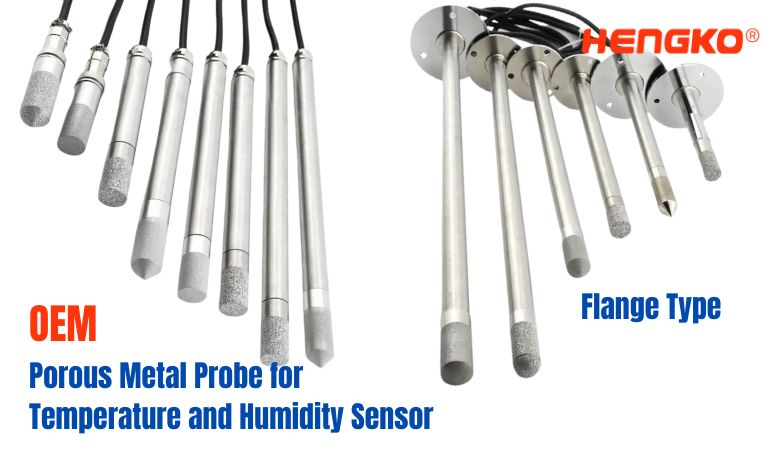
6. Regular Inspection and Maintenance
To prolong the lifespan of porous metal probes and ensure optimal performance, regular inspection and maintenance are crucial. This may involve:
Visual inspection:
Checking for physical damage, corrosion, or fouling.
Cleaning:
Using appropriate cleaning techniques to remove contaminants and restore porosity.
Performance testing:
Evaluating the probe's flow rate, filtration efficiency, or sensor response.
Replacement:
When the probe's performance deteriorates beyond acceptable limits, replacement is necessary
to maintain system reliability and efficiency.
By carefully monitoring the condition of porous metal probes and taking timely action, it is possible to optimize their performance and extend their service life.
Looking for a custom humidity probe to meet your specific needs?
HENGKO is here to help!
Contact us today to discuss your requirements, and let our expert team develop an OEM humidity probe tailored precisely for your application.
Reach out to us at ka@hengko.com and bring your vision to life with HENGKO’s trusted solutions!
